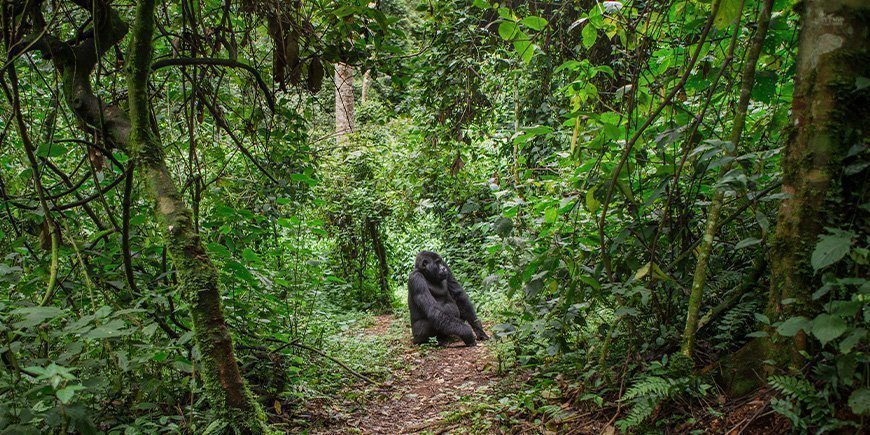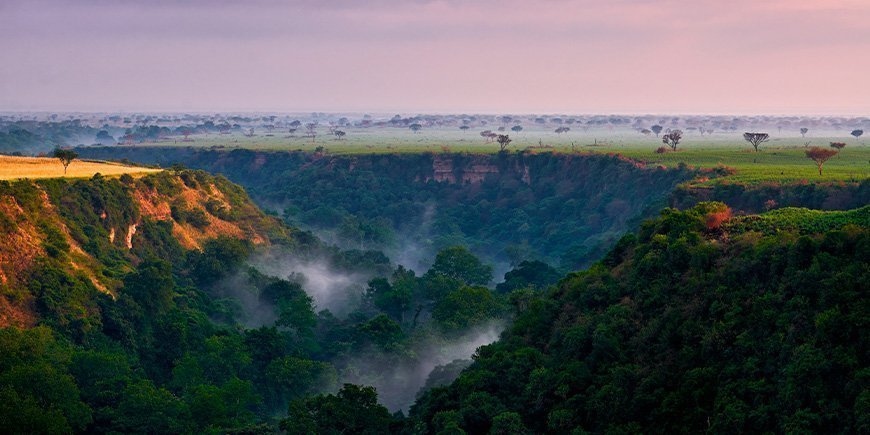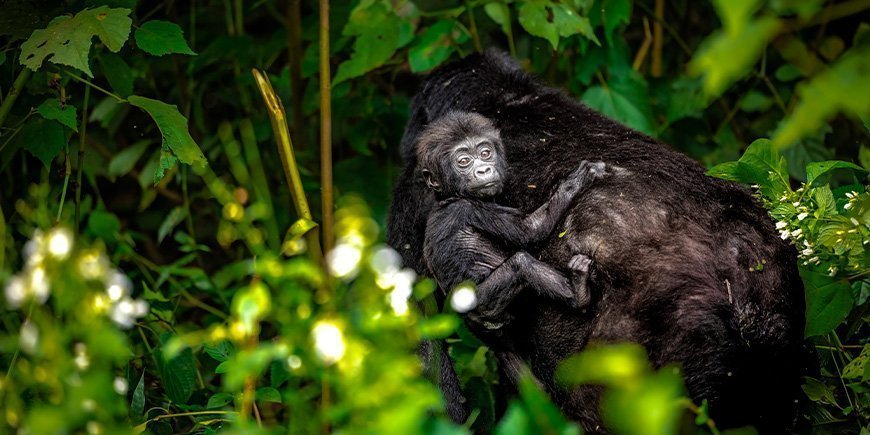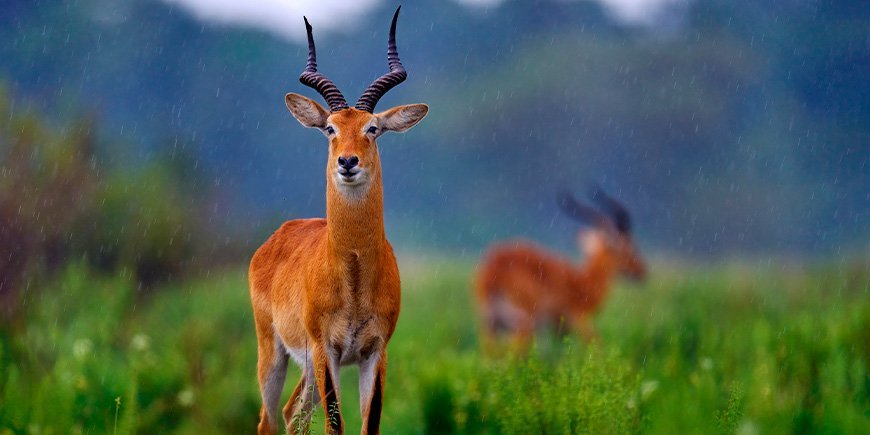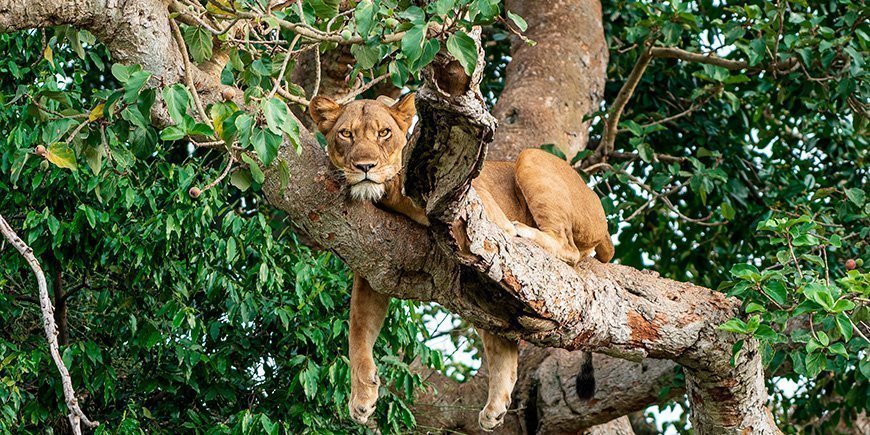- Home
-
Our tours
- Our tours
- Africa
- Asia
- Latin America
- North America
- Oceania
- Holiday types
-
Accommodation
- Accommodation
- Africa
- Asia
- Latin America
- North America
- Oceania
-
Practical info
- Practical info
- Africa
- Asia
- Latin America
- North America
- Oceania
- Info & contact
- Blog
When is the best time to visit Uganda?
18.02.2024When you visit Uganda, a country with a unique blend of nature and culture opens up to you.
From mountain gorillas to savannah elephants, Uganda offers unique experiences for nature and wildlife enthusiasts.
But when is the best time to visit this fascinating African country?
Please note that the guide below is a guideline only, and recommendations may change on an ongoing basis.
The climate in Uganda
Uganda offers unique experiences and exciting wildlife all year round, but to maximise your experiences, it is important to consider the country’s climate.
Uganda lies on the equator and has a predominantly tropical climate with temperatures that vary very little throughout the year. Daytime temperatures are generally between 23°C and 30°C. On the other hand, most of the country is affected by the two annual dry and rainy seasons.
The dry seasons
Uganda has two dry seasons.
- The first dry season is between December and February
- The second dry season is between June and August
For many people, the dry seasons are the best times to visit Uganda. During the dry seasons, you can expect blue skies, sunshine and less rain than in Uganda’s rainy seasons.
The dry seasons are ideal for seeing mountain gorillas in Bwindi Impenetrable Forest National Park because the trails are dry and easier to walk on, and the animals are easier to spot. These are also excellent times for safaris in the country’s national parks, e.g. in Lake Mburo National Park and Queen Elizabeth National Park, where you can spot a wealth of wildlife at the waterholes. The start of the year is also a good time to see migratory birds.
3 reasons to travel to Uganda in the dry season
- There is less rain during this period, although you should still expect some
- It’s easier to spot the wildlife in the national parks, gathering around the waterholes
- Good time for Gorilla tracking. It’s less physically demanding as the trails are not as muddy
The rainy seasons
Uganda has two rainy seasons
- The first rainy season is between March and May
- The second rainy season is between September and November
Both rainy seasons offer more rain than during the other months of the year, but it rains less in the year’s second rainy season.
The rain often falls as brief, heavy showers, followed by sunshine, which contributes to the lush landscape and the well-being of the wildlife. However, the heavy rain can make trails impassable in some places.
The rainy seasons breathe new life into the landscapes. The first rainy season is good for observing births in the national parks. Gorilla and chimpanzee tracking is possible all year round, but in the rainy seasons, the paths can be muddier and therefore more difficult to walk on.
3 reasons to travel to Uganda during the rainy season
- It’s generally cheaper to travel to Uganda during the rainy seasons
- The first rainy season is particularly good for seeing a lot of new-born animals
- The rainy seasons (especially towards the end) offer more lush, green landscapes
Uganda is a beautiful destination all year round
Whether you’re an adventurous trekking enthusiast or a dedicated animal lover, Uganda promises a constant sense of renewal.
So pack your bags and immerse yourself in the spectacular scenery and wildlife that Uganda has to offer.
